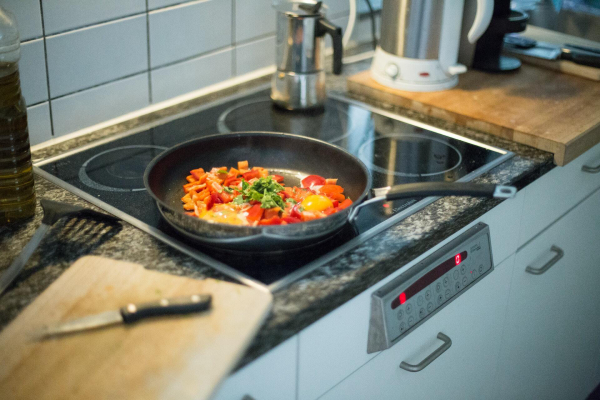
Accidents happen…there will be the occasional bruises and minor scrapes along the way but most serious injuries are often preventable. With kids spending more time at home, it’s important to be mindful of some potential hazards.
In the Kitchen
• Kids are curious and love to reach for things. You can prevent hot food or liquid spills by always using the back burner of your stove. Remember to turn pot handles away from the edge and out of reach. Keep any hot foods away from the edge of your counter where your child might reach.
• Never carry a child while you are at the stove cooking. It’s much safer to place the child in a high chair. They can still see you but they are out of harm’s way.
• Children like to get into the cabinets underneath the kitchen sink. Remember to store household items out of their reach to prevent accidental poisoning. An average of two children die each day from poisoning.
Medication
• Keep medicine up and away, out of reach and sight of children. A lot of medication can look like candy to a young child. And remember, because kids are naturally curious, keeping medication in a purse is or briefcase is inviting trouble.
• Remember that even health products such as vitamins and diaper rash creams can be harmful if kids get into them. Store these items out of reach and sight of children.
Laundry Room
• Keep liquid laundry packets out of children’s reach and sight. Kids often mistake these colorful packets for candy. These packets are designed to dissolve in water, so when they come in contact with a child’s wet hands or mouths, they start to dissolve.
• Keep packets in their original container and keep the container closed. More than 400 children are hospitalized each year after getting into laundry packets.
Fire Safety
Home fires can start and spread quickly. Families can have as little as two minutes to escape once an alarm sounds.
• Practice a home fire escape plan with two ways out of every room in case of a fire.
• Working smoke alarms reduce the chances of dying in a fire by nearly 50 percent. Install smoke alarms on each level of your home and in the hallways of all sleeping areas. Check and replace the battery each spring and fall when you change the time on your clocks.
• Teach your children to get low and get out when they hear it. A child who is coached properly ahead of time will have a better chance to be safe.